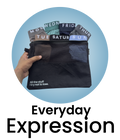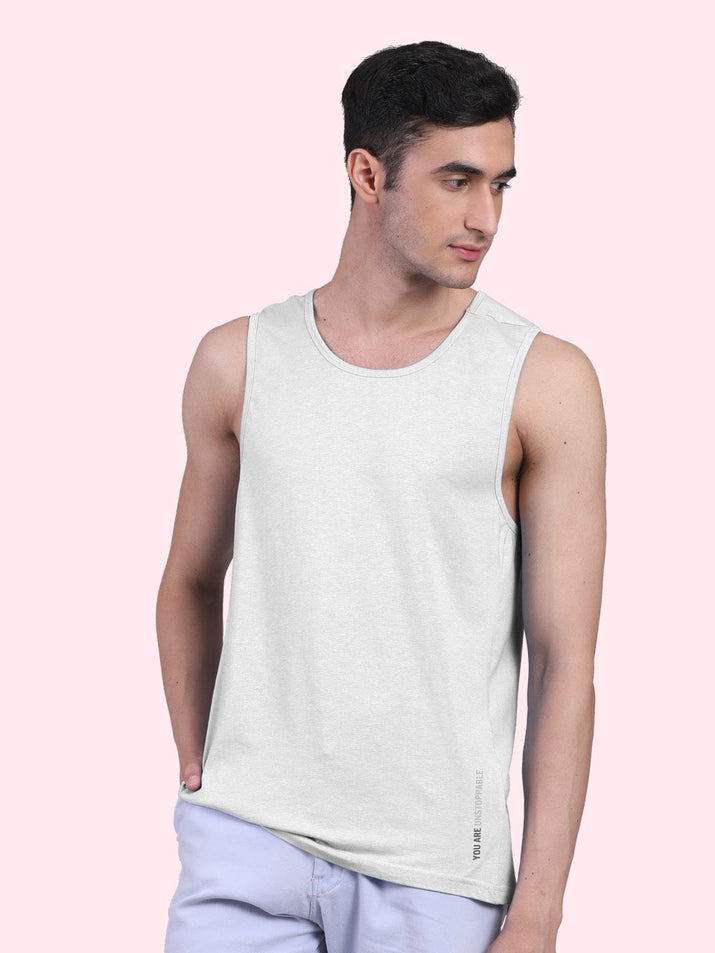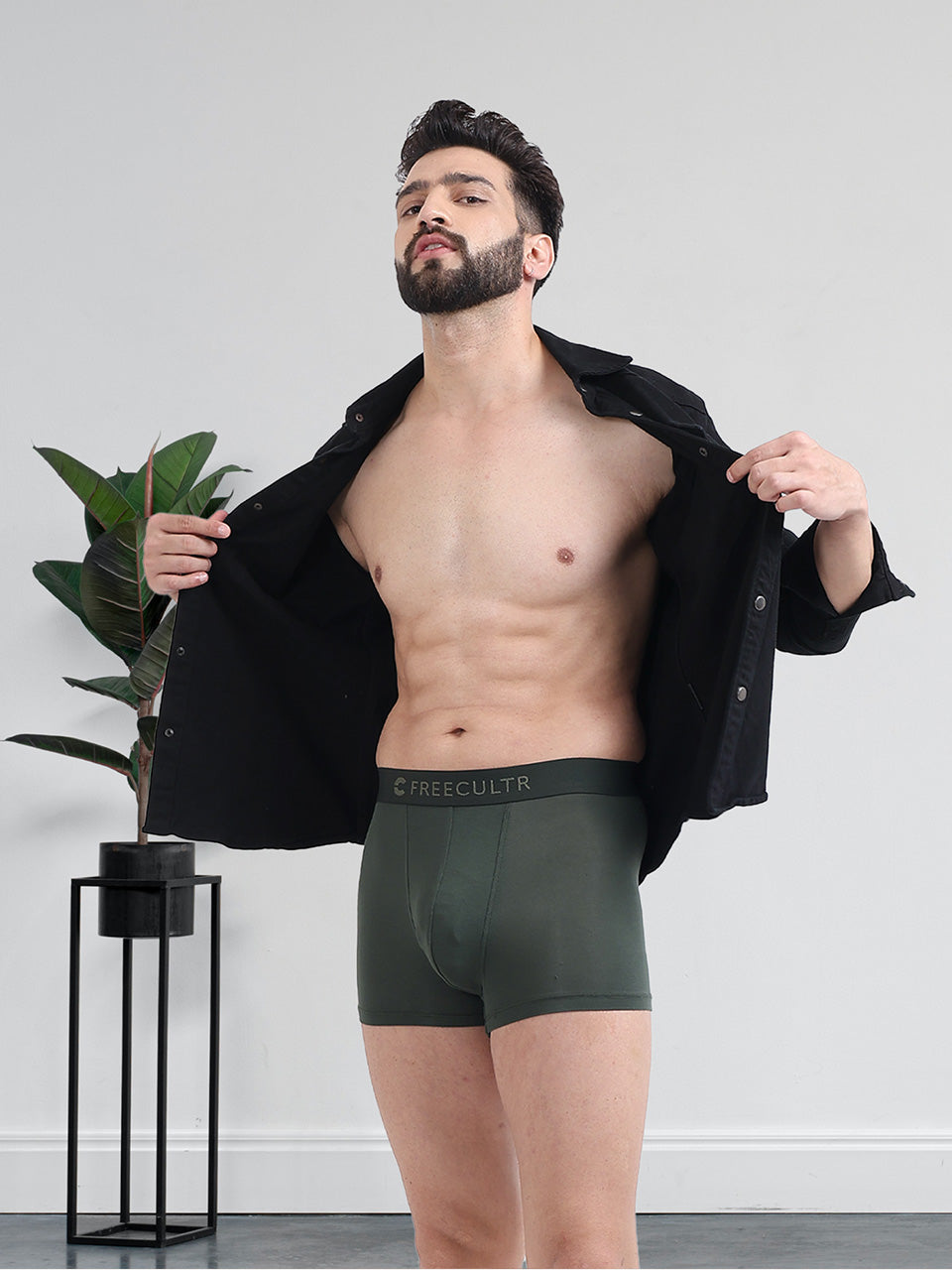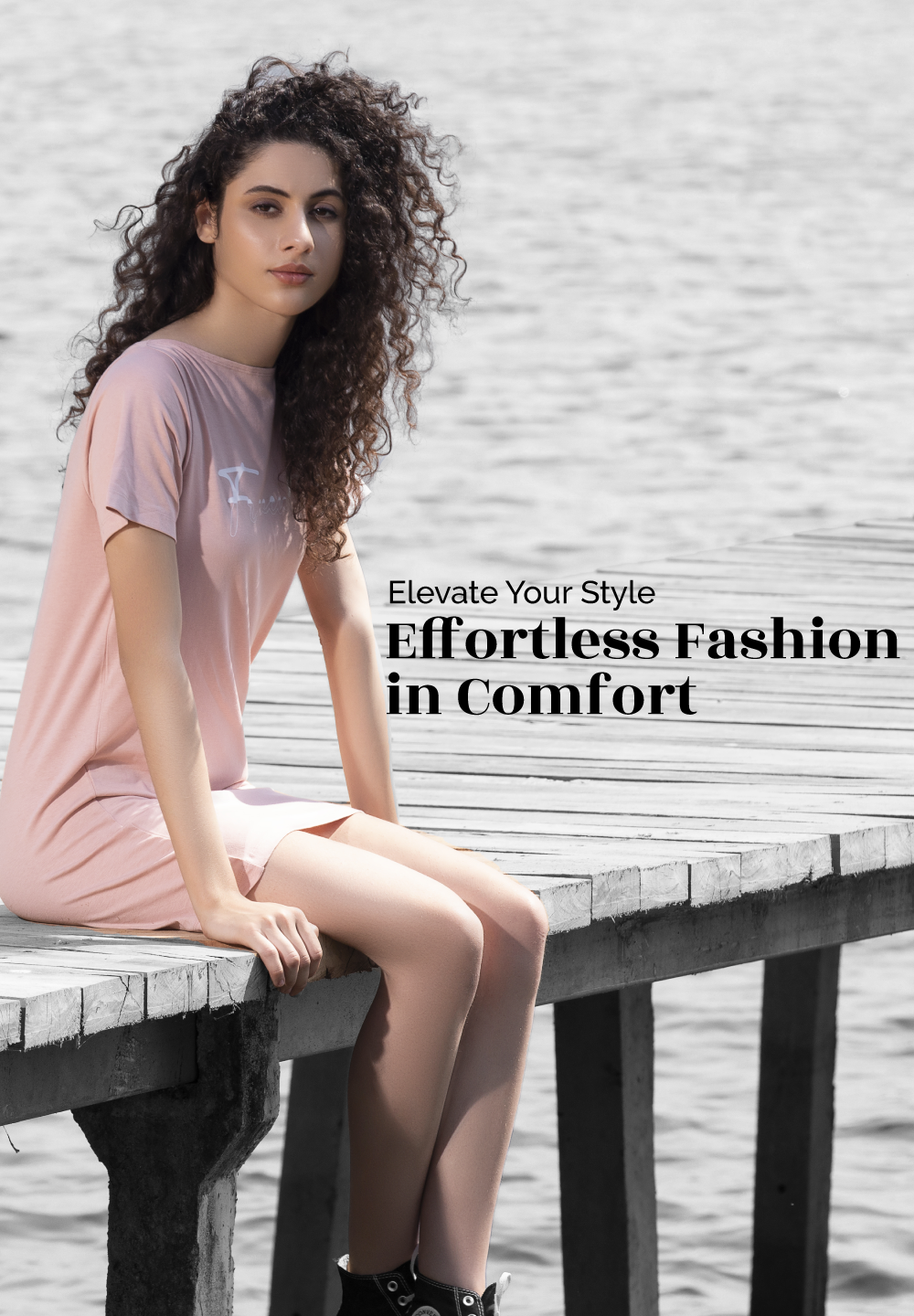Choosing the right protection is crucial, whether you're battling the elements or an opponent. In combat sports and tactical training, the debate between "skins" – compression garments – and tank tops goes beyond mere aesthetics. We're diving into a head-to-head comparison, exploring how each garment impacts performance. Key criteria include breathability, range of motion, moisture-wicking capabilities. Protection against abrasions. We'll evaluate how advancements in fabric technology influence these factors, impacting everything from grappling efficiency to heat management in extreme conditions. Ultimately, understanding these differences will empower informed decisions based on the specific demands of the activity.

Understanding Skins and Tank Tops
Before diving into the comparison, let's clarify what we mean by "skins" and "tank tops" in this context. While "skins" can refer to various things, we're focusing on compression wear designed for athletic performance and recovery. Tank tops, on the other hand, are sleeveless shirts typically made from cotton, polyester, or blends, primarily worn for casual comfort and athletic activities.
The Functionality of Skins (Compression Wear)
Skins, or compression garments, are engineered to provide specific benefits through graduated compression. This means the fabric is tighter at the extremities (like ankles and wrists) and gradually loosens towards the core. The primary functions include:
- Improved Blood Circulation: Compression helps to increase blood flow, which can deliver more oxygen to muscles and remove waste products more efficiently.
- Muscle Support: Skins provide support to muscles, reducing muscle vibration and potential damage during high-impact activities.
- Reduced Muscle Soreness: By minimizing muscle movement and promoting blood flow, compression wear can help reduce delayed onset muscle soreness (DOMS).
- Enhanced Recovery: Wearing skins after exercise can aid in muscle recovery by promoting blood flow and reducing inflammation.
- Temperature Regulation: Some compression wear is designed with moisture-wicking fabrics that help regulate body temperature by drawing sweat away from the skin.
The Simplicity and Comfort of Tank Tops
Tank tops are a staple in many wardrobes due to their simplicity and versatility. Their key features include:
- Breathability: The sleeveless design allows for excellent airflow, keeping you cool in warm weather or during intense workouts.
- Comfort: Made from various materials, tank tops can offer a comfortable and unrestricted fit, ideal for lounging or low-impact activities.
- Versatility: Tank tops can be worn alone, layered under other garments, or dressed up or down depending on the occasion.
- Affordability: Generally, tank tops are more affordable than specialized compression wear.
Skins: Pros and Cons
Pros:
- Performance Enhancement: Studies suggest that compression wear can improve athletic performance by enhancing blood flow and reducing muscle fatigue.
- Injury Prevention: By supporting muscles and reducing vibration, skins can help prevent injuries, especially during high-impact activities.
- Faster Recovery: The increased blood flow promotes faster muscle recovery after intense workouts.
- Temperature Regulation: Moisture-wicking fabrics help keep you cool and dry during exercise.
Cons:
- Cost: High-quality compression wear can be expensive compared to tank tops.
- Compression Discomfort: Some people may find the tight fit of compression garments uncomfortable, especially for extended periods.
- Potential Skin Irritation: If the compression wear is too tight or made from non-breathable materials, it can cause skin irritation or chafing.
- Limited Style Options: While compression wear is becoming more stylish, the options are still limited compared to tank tops.
Tank Tops: Pros and Cons
Pros:
- Affordability: Tank tops are generally inexpensive and readily available.
- Comfort and Breathability: The sleeveless design allows for excellent airflow and unrestricted movement.
- Versatility: Tank tops can be worn for various activities, from workouts to casual outings.
- Style Options: Tank tops come in a wide range of styles, colors. Materials to suit different preferences.
Cons:
- Limited Support: Tank tops offer minimal muscle support and do not provide compression benefits.
- Less Effective Temperature Regulation: While breathable, standard tank top materials may not wick away moisture as effectively as specialized compression fabrics.
- Not Ideal for High-Impact Activities: The lack of muscle support can make tank tops less suitable for high-intensity workouts or activities.
- Potential for Sunburn: The exposed skin can be vulnerable to sunburn, requiring sunscreen application.
Real-World Applications and Use Cases
Skins (Compression Wear):
- Endurance Athletes: Runners, cyclists. Triathletes often use compression wear to improve performance and reduce muscle fatigue during long-distance events.
- Team Sports: Athletes in sports like basketball, soccer. Football may wear compression garments to support muscles and prevent injuries.
- Post-Workout Recovery: Wearing compression wear after exercise can aid in muscle recovery and reduce soreness.
- Travel: Compression socks are often used during long flights to improve blood circulation and prevent swelling in the legs.
Tank Tops:
- Casual Wear: Tank tops are a popular choice for everyday wear, especially in warm weather.
- Gym Workouts: Many people wear tank tops to the gym for their breathability and comfort during workouts.
- Yoga and Pilates: The unrestricted movement offered by tank tops makes them ideal for yoga and Pilates classes.
- Layering: Tank tops can be layered under other garments for added warmth or style.
Material Matters: Fabric Considerations
The fabric of both skins and tank tops significantly impacts their performance and comfort. Here's a breakdown of common materials:
For Skins (Compression Wear):
- Nylon/Spandex Blends: These blends offer excellent compression, durability. Moisture-wicking properties.
- Polyester/Spandex Blends: Similar to nylon blends, polyester blends are durable, moisture-wicking. Provide good compression.
- Merino Wool Blends: Merino wool offers natural temperature regulation and odor resistance, making it suitable for cooler weather compression wear.
For Tank Tops:
- Cotton: Cotton is soft, breathable. Comfortable. It can retain moisture and become heavy during intense workouts.
- Polyester: Polyester is lightweight, durable. Moisture-wicking, making it a good choice for athletic tank tops.
- Blends (Cotton/Polyester, Cotton/Spandex): These blends offer a balance of comfort, breathability. Stretch.
- Bamboo: Bamboo fabric is soft, breathable. Has natural antibacterial properties.
Choosing the Right Option: Key Considerations
When deciding between skins and tank tops, consider the following factors:
- Activity Level: For high-impact or endurance activities, compression wear may offer performance and recovery benefits. For low-impact activities or casual wear, tank tops may be sufficient.
- Personal Comfort: Consider your comfort preferences. Some people find compression wear uncomfortable, while others appreciate the support it provides.
- Budget: Compression wear is generally more expensive than tank tops.
- Climate: In hot weather, breathable tank tops can keep you cool. In cooler weather, compression wear with moisture-wicking properties can help regulate body temperature.
- Desired Benefits: If you're looking for muscle support, improved blood circulation. Faster recovery, compression wear is the better choice. If you prioritize comfort, breathability. Versatility, tank tops may be more suitable.
Table Comparison: Skins vs. Tank Tops
| Feature | Skins (Compression Wear) | Tank Tops |
|---|---|---|
| Primary Function | Performance enhancement, muscle support, recovery | Comfort, breathability, versatility |
| Material | Nylon/Spandex, Polyester/Spandex, Merino Wool Blends | Cotton, Polyester, Blends (Cotton/Polyester, Cotton/Spandex), Bamboo |
| Compression | Provides graduated compression | No compression |
| Muscle Support | High | Low |
| Breathability | Moisture-wicking fabrics | Good. Depends on the material |
| Cost | Higher | Lower |
| Ideal For | High-impact activities, endurance sports, recovery | Casual wear, gym workouts, yoga, layering |
Conclusion
Ultimately, the choice between a skin-hugging fit and the breezy freedom of a tank top hinges on understanding your personal needs and the context of your activity. Consider the intensity of your workout, the weather conditions. Your personal comfort level. For high-intensity sessions where moisture-wicking and support are paramount, a well-designed skin is often the superior choice. But, for lounging or low-impact activities in warmer weather, a tank top provides unmatched breathability and ease of movement. Don't be afraid to experiment and discover what works best for you. Pay attention to how your body feels in each garment and adjust accordingly. Remember, comfort and confidence are key ingredients in achieving your fitness goals, or simply enjoying your day. Think of it like this: a skin can be your performance enhancer, while a tank top can be your relaxation enabler. So, embrace the versatility of both and choose the right tool for the job!
FAQs
Okay, so what's the deal – skins vs. Tank tops for working out? What are we even talking about?
Alright, let's break it down. 'Skins' usually refer to compression shirts or athletic base layers, often made of materials like spandex or lycra. Tank tops are, well, tank tops! Sleeveless shirts. We're looking at which is better for different workout situations, considering things like performance, comfort. Even style.
Compression shirts sound intense. Are they actually beneficial, or is it all hype?
Good question! There is some real science behind it. Compression shirts (skins) can improve blood flow, which might help with muscle recovery and reduce soreness. Some people also find they offer better support during high-impact activities. But. This is crucial, the benefits vary from person to person. It's not a magic bullet.
If I'm just hitting the gym for a light workout, does any of this even matter?
Honestly? Probably not that much. For low-intensity stuff like walking or light yoga, comfort is king. A tank top is likely going to be perfectly fine and keep you cool. The performance benefits of compression are more noticeable during intense workouts.
What about chafing? Ugh, the worst!
Chafing is definitely a concern! This is where skins can actually shine. Because they're form-fitting, they reduce friction compared to a looser tank top that might rub against your skin, especially during activities like running or cycling. But, make sure you get the right size; too tight and you'll just be uncomfortable.
So, are tank tops just…inferior then?
Not at all! Tank tops are fantastic for breathability. They allow for maximum airflow, keeping you cooler in hot environments or during sweaty workouts. Plus, they're generally more affordable and come in a wider range of styles. It really depends on your priorities.
What about the sun? Does either option offer better sun protection?
This is a crucial point! Many compression shirts offer some level of UV protection, which is great for outdoor activities. Tank tops, obviously, leave your shoulders and arms exposed. So, sunscreen is a must if you're rocking a tank top in the sun. Look for UPF ratings on compression shirts for a more accurate idea of the protection they provide.
Okay, last one: What about just…preference? Can I just wear whatever I feel like?
Absolutely! , the best workout gear is what makes you feel confident and comfortable. If you love the feeling of compression, go for skins. If you prefer the freedom of a tank top, rock it! Experiment and see what works best for you and your workouts.






